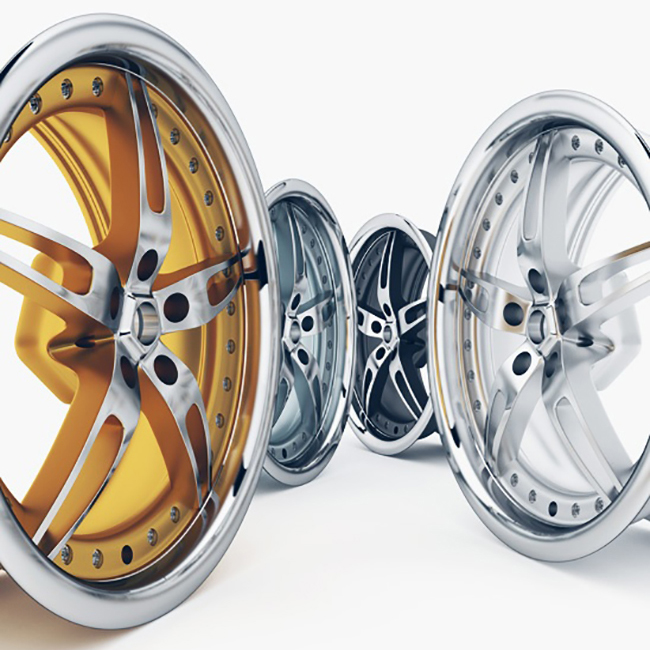seal ring
The Importance of Seal Rings in Engineering Applications
Seal rings, often overlooked components in many mechanical systems, play a crucial role in ensuring the efficiency, safety, and longevity of various types of machinery. Designed to prevent the escape of fluids and gases, seal rings are essential in applications ranging from automotive engines to aerospace systems, featuring prominently in hydraulic systems, piping, and even consumer products.
One of the most significant functions of a seal ring is to create a barrier that prevents leakage. In hydraulic applications, for instance, the hydraulic fluid must remain contained to maintain pressure and functionality. A leak not only compromises the system's efficiency but can also lead to catastrophic failures, posing risks to both the equipment and personnel. Seal rings must be manufactured from materials that can withstand extreme pressures and temperatures, making their design and material selection critical for performance.
There are several types of seal rings, each engineered for specific applications. O-rings, one of the most common types, have a simple circular shape and can be used in both static and dynamic applications. They are often made from rubber or other flexible materials, allowing them to compress and fit snugly in their designated grooves. Additionally, backup rings are used alongside O-rings to prevent extrusion in high-pressure environments, showcasing the importance of complementary components in sealing solutions.
Another vital type of seal ring is the lip seal, often utilized in rotating applications such as gearbox assemblies and axles
. Lip seals consist of a flexible lip that makes contact with a rotating shaft, creating a dynamic seal that prevents the escape of lubricants while keeping contaminants out. The durability of lip seals is imperative, as they often face harsh conditions, including exposure to heat, dirt, and friction.seal ring

The choice of materials for seal rings is paramount. Common materials include various elastomers (like Nitrile, Viton, and EPDM) and thermoplastics (such as PTFE), each selected based on factors like temperature range, chemical compatibility, and intended lifespan. With advancements in material science, manufacturers are now able to produce seals that provide enhanced resistance to wear, extreme temperatures, and aggressive fluids, ensuring greater reliability in critical applications.
The importance of seal rings extends beyond mechanical integrity; they contribute to energy efficiency as well. In automotive engines, for example, effective sealing can lead to improved fuel efficiency by minimizing the loss of oils and gases, thereby enhancing overall performance and reducing emissions. Consequently, the design of seal rings has become an integral part of the engineering process in modern machinery manufacturing.
In the aerospace industry, where safety and reliability are paramount, seal rings are subjected to rigorous testing and stringent quality controls. They are critical in preventing fuel leaks and ensuring that hydraulic systems function flawlessly at high altitudes and extreme temperatures. The failure of seal rings in such applications can lead to severe consequences, underscoring the need for meticulous design and robust testing protocols.
In conclusion, seal rings, though seemingly small and unassuming components, are pivotal in maintaining the functionality and safety of a wide range of mechanical systems. As technology continues to evolve and new materials are developed, the role of seal rings will only grow in importance, supporting more efficient, reliable, and safe engineering practices across various industries. Whether in everyday appliances or advanced aerospace systems, these humble components are fundamental to modern engineering's success.
-
The Ultimate Guide to Car Repair Kits: Tools and Essentials Every Driver Should Own
News Aug.01,2025
-
The Complete Guide to Oil Pan Gaskets: Sealing Engine Leaks the Right Way
News Aug.01,2025
-
Preventing Oil Leaks: A Complete Guide to Oil Pan Gaskets and Drain Seals
News Aug.01,2025
-
Everything You Need to Know About Oil Pan Gaskets and Drain Plug Seals
News Aug.01,2025
-
Essential for Car Owners: How to Use a Car Repair Kit to Deal with Minor Breakdown
News Aug.01,2025
-
Comprehensive Guide to Engine Oil Sump Gaskets and Related Seals
News Aug.01,2025
-
The Ultimate Guide to Boat Propeller Bearings and Trailer Wheel Bearings
News Jul.31,2025
Products categories















